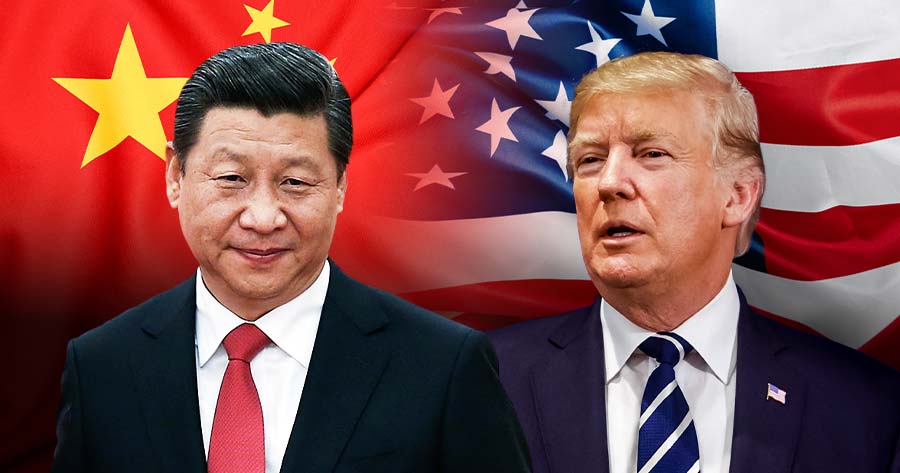The ongoing trade discussions between the U.S. and China were scheduled to resume in London on Tuesday, as the two economic superpowers aim to resolve their disagreements following a conversation at the highest level. Delegations led by President Donald Trump’s key trade officials convened with their Chinese counterparts on Monday to facilitate this effort.
U.S. representatives—Treasury Secretary Scott Bessent, Commerce Secretary Howard Lutnick, and Trade Representative Jamieson Greer—were tasked with negotiating terms. According to The Wall Street Journal, President Trump has given Bessent’s team the green light to potentially lift certain U.S. restrictions that impact sales of chipmaking software, jet engine components, and ethane.
Reflecting optimism, Trump noted that the negotiations were progressing positively and he was receiving good feedback. This diplomatic dialogue follows Trump’s recent announcement of an in-depth dialogue with Chinese President Xi Jinping, as both are keen to prevent a full-scale trade conflict.
Following weeks of escalated tension, exacerbated by Trump’s broad imposition of import tariffs on China and other trading entities in April, both nations have intensified diplomatic measures. China responded in kind, leading to reciprocal trade duties. However, in May, during a Geneva meeting, both parties agreed to a temporary reduction of tariffs for 90 days to pave the way for more constructive talks. During this period, U.S. tariffs on Chinese goods reduced from 145% to 30%, while China decreased its tariffs on U.S. goods from 125% to 10%.
Yet, tensions have persisted, with continuous accusations from both sides regarding violations of the Geneva accord. The U.S. has criticized Beijing’s sluggishness in approving critical mineral exports essential to American industries, while China has rebuked the U.S. for imposing new constraints on Chinese students’ visas and expanding export restrictions on semiconductor technology.





